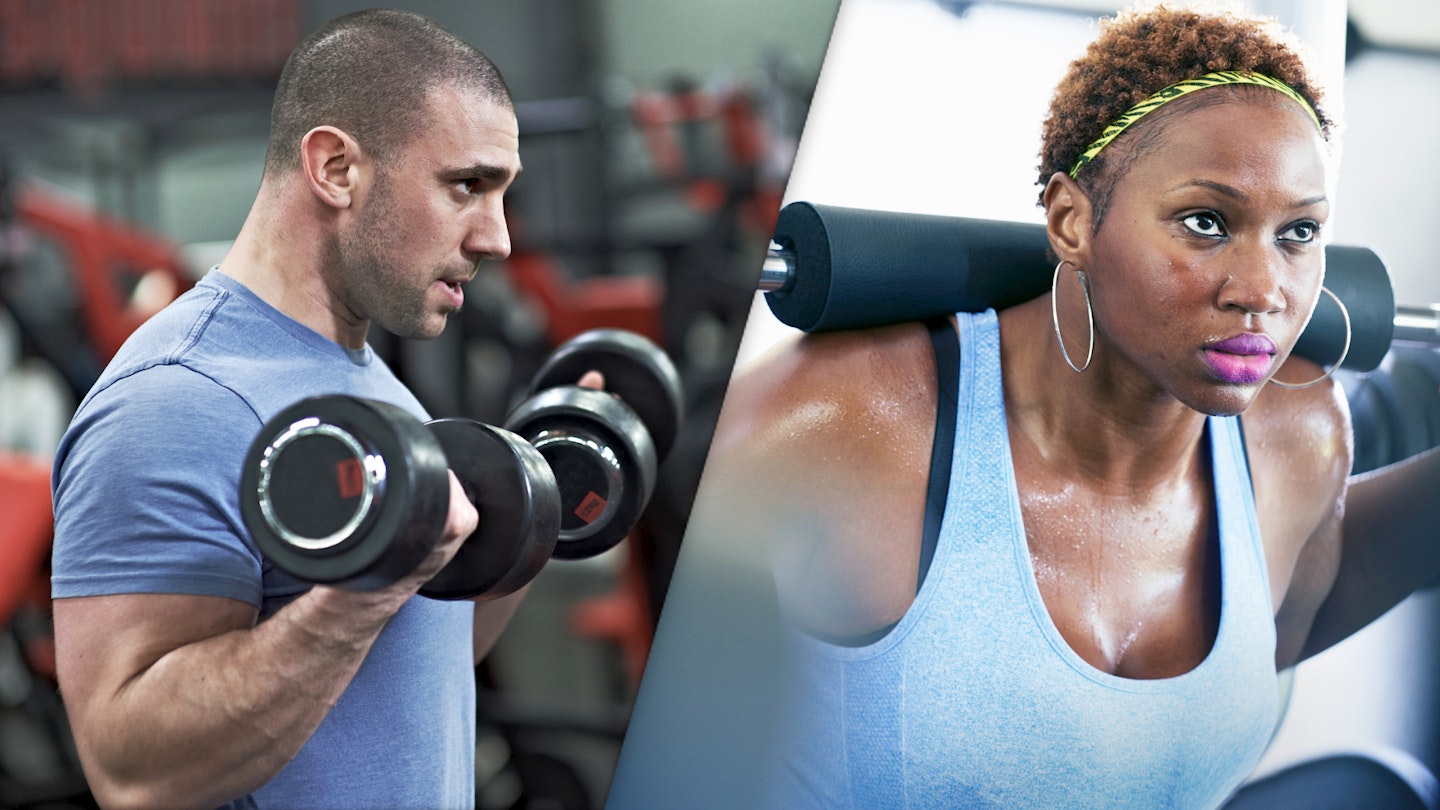This article will explore the concept of resistance training, reviewing its definition, various types, the merits and limitations of different methods, common pitfalls, health advantages and practical workout examples.
Resistance training encompasses diverse techniques that apply external force to muscles, bones, and joints to elicit a stimulus that promotes long-term strength. This form of training manifests in various forms, including bodyweight exercises, resistance bands, free weights, and machines such as cable, leverage and Smith machines.
Contrary to the misconception, resistance training goes beyond building large muscles like Ronnie Coleman or Dwayne Johnson. It involves intricate elements impacting the body holistically, which includes neurological adaptations, aesthetic enhancements and improvements in overall strength. Resistance training extends its benefits beyond bodybuilders, catering to athletes, non-athletes, individuals seeking longevity and those committed to maintaining or attaining optimal health.
Resistance training: Health benefits
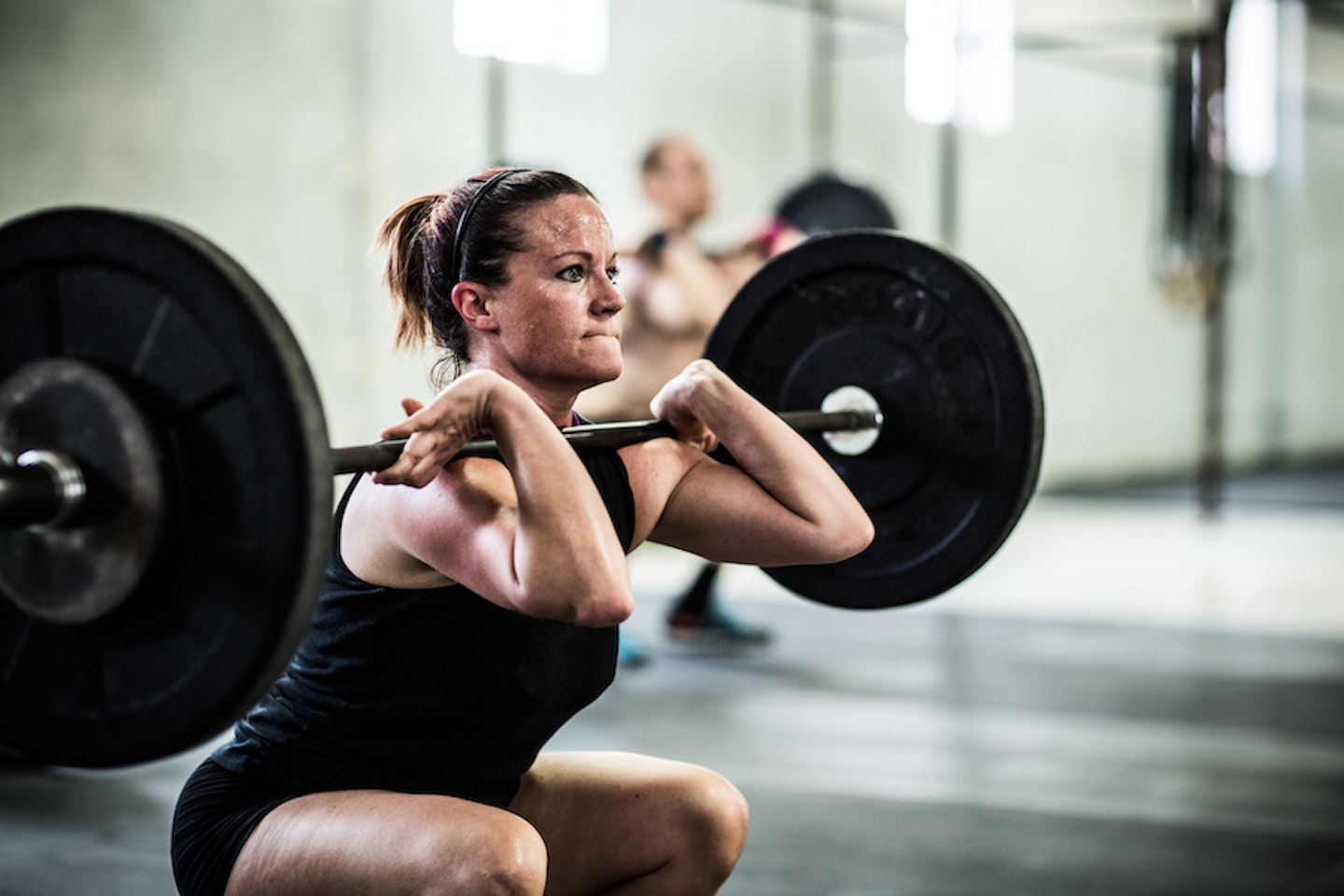
The benefits of resistance training are many, and it can have a dramatic, positive effect on your strength, level of fitness, stamina and general health. It's not just about hitting PRs in the gym either - resistance training sessions can make many everyday tasks much easier, whether carrying the shopping, going up a flight of stairs or wrestling with your child.
Below, we look at a few areas that can benefit from resistance training.
Improved stamina: Resistance training enhances stamina by improving cardiovascular efficiency, increasing muscle endurance, and optimising oxygen use. Repetitive resistance exercises challenge the cardiovascular system, promoting better muscle circulation and oxygen delivery. Over time, the body adapts by enhancing aerobic capacity, delaying fatigue, and boosting overall stamina, allowing individuals to sustain physical activity for longer durations with increased energy and efficiency.
Body recomposition and weight loss: Resistance training helps with body recomposition by building lean muscle and lowering body fat. When it comes to weight management, burning more calories is critical - this is why people think cardio is the most effective way of reducing body fat. But this isn't necessarily true. Because the recovery time of high-intensity resistance training can reach up to 48 hours, this training can boost your metabolism for longer - thus, more calories burned. Read our German Body Composition training guide to learn more about the benefits of high-intensity weight training.
Improved athletic performance: Resistance training will also help improve athletic performance; the right programme can improve power, speed, strength, balance and coordination, all essential skills to develop and become efficient at sports.
Injury prevention: Resistance training can contribute to a reduction in injuries. Building muscle strength improves joint stability, flexibility, bone density, and ligament and tendon strength.
Improved coordination and balance: Resistance training promotes a greater awareness of the body and how to control it - also known as mind-body connection - which increases coordination. Improved coordination also includes improved balance, reducing the likelihood of falling - a valuable benefit for athletes and older people.
Improved self-esteem: Resistance training can provide a sense of achievement and progression, improved body confidence, and enhanced mental resilience. It can promote the health of blood vessels in the brain and stimulate the release of beneficial chemicals such as endorphins, which act as natural painkillers and stress relievers, often released during activities like exercise, providing a sense of euphoria.
Boosted brain power: Regular bouts of resistance training improve brain function. Strength exercises can help improve circulation throughout the body, including the brain. Exercise can lead to both the release and increased production of serotonin, a vital neurotransmitter with many contributions. Serotonin regulates mood, appetite, and sleep, can help prevent or lower depression and anxiety, and contributes to overall well-being and stability. Furthermore, learning new exercise movements can help improve memory and quicker information processing.
Better sleep: Resistance training sessions can also help vastly improve your sleep. The latest research shows resistance training can help how quickly you fall asleep (sleep onset), improve your ability to achieve REM and remain asleep throughout the night.
Recently, one of our contributors also experiments with ashwagandha to help sleep in addition to exercise - read more here.
Types of resistance training
Below is a list of different types of resistance training:
Free weights
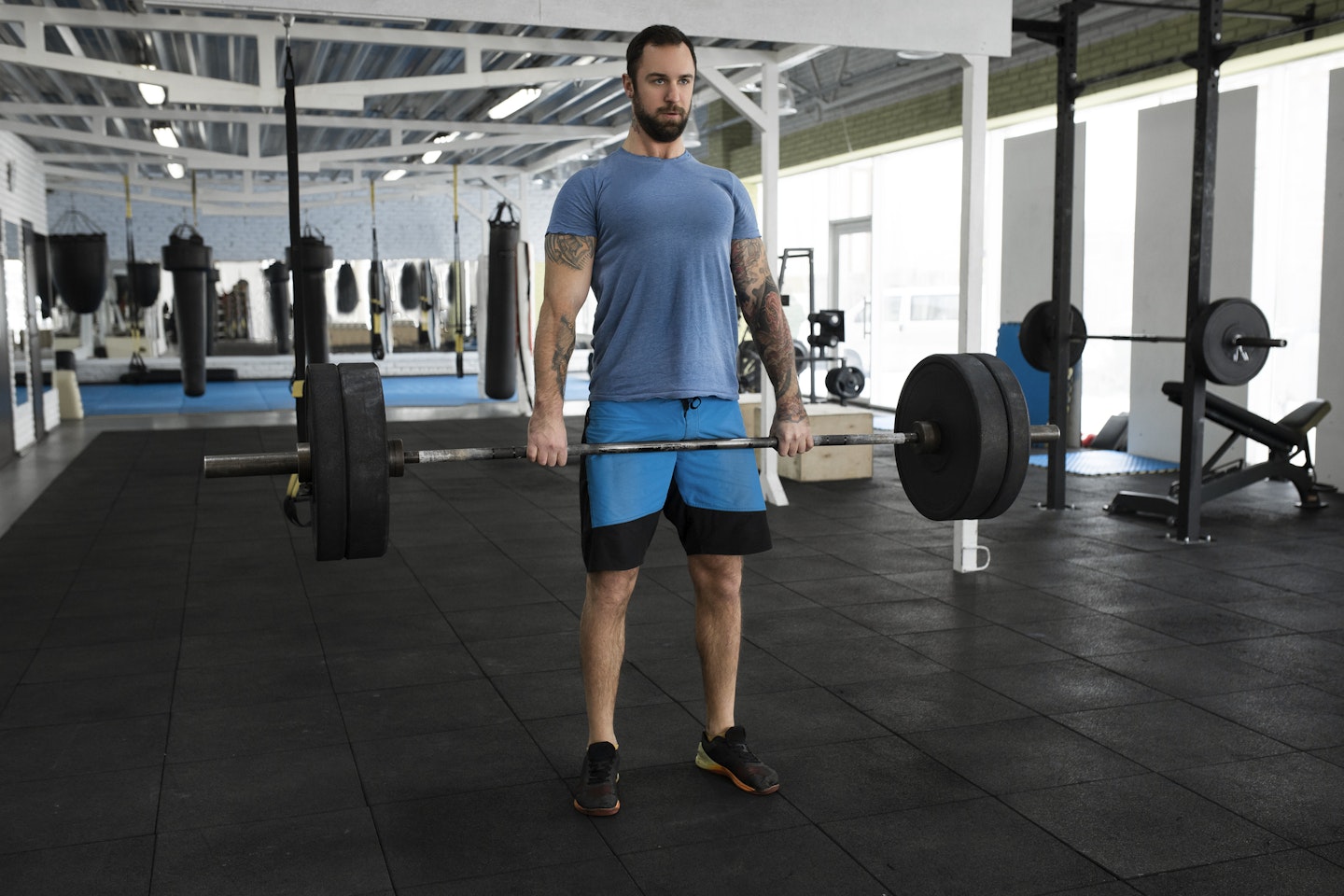
Free weights refer to resistance training equipment not attached to a machine or apparatus, meaning a specific range of motion does not constrain them. These weights are "free" because they allow for greater freedom of movement during exercises. Examples of free weights include barbells and dumbbells. Kettlebells are another example.
Each variant of free weights introduces distinct challenges, fostering more excellent stabilisation and coordination. Free weights offer a functional approach to strength development by emphasising proper form and technique.
Barbells: A barbell is a long, usually straight bar with weights on each end, used for resistance training and strength exercises. All in all, barbells excel in compound movements, engaging multiple muscle groups simultaneously.
There are many variations on the standard barbell, including the Olympic cambered Swiss bar, multi-grip bar, EZ bar, safety squat bar, Earthquake bar and triceps bar. We're also including the trap bar here - which looks nothing like a barbell but is excellent at bringing a dynamic element to workouts. The trap bar, uniquely designed as a hexagon, provides a safer deadlift alternative, reducing the risk of lower back strain.
Dumbbells: Dumbbells are hand-held weights with a short bar and weights on both ends. Dumbbells offer versatility, enabling unilateral (one-side only) movements and exercises that target specific muscular or strength imbalances.
Pros:
-
Engages stabilising muscles and promotes improved balance and strength.
-
Supports compound movements, mimicking real-life activities.
-
Enables a wide range of strength-building exercises.
-
Versatile, with only a pair of dumbbells or a barbell, you can perform countless exercises to work the posterior, anterior chain and upper or lower body.
Cons:
-
Requires knowledge and skill to perform exercises with proper form.
-
Increased risk of injury, especially when lifting heavy without supervision or knowledge.
-
Training for muscular or technical failure with free weights greatly increases the risk of injury, especially for those new to training or with little to no body awareness.
-
Most free-weight exercises entail more teaching points and may take longer to learn than Smith and resistance machines.
Cable machines
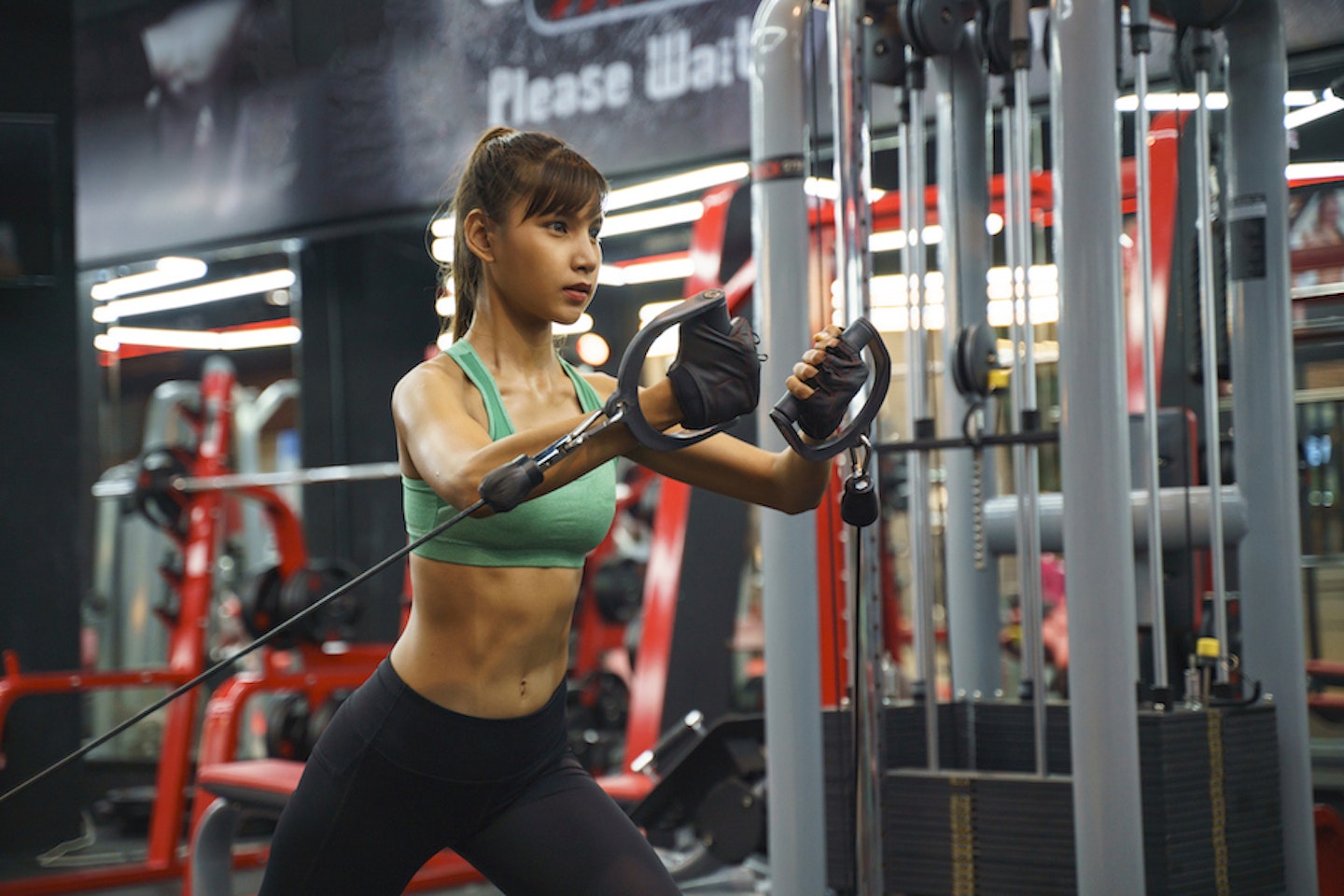
Cable machines utilise pulley systems, delivering constant tension and versatility to resistance training. These machines allow for a wide range of exercises while ensuring consistent resistance throughout the movement. They can often be found incorporated into multi-gyms.
Particularly beneficial for unilateral training, cable machines cater to varied fitness levels and are ideal for those who want a joint-friendlier alternative to your standard dumbbells and barbells. The pulley system's adaptability makes cable machines an excellent choice for targeting specific muscle groups and promoting overall muscular balance.
Pros:
• Adjustable pulley heights offer versatile exercise selection.
• Allows for fluid, continuous movements and promotes muscle engagement.
•Useful for sport-specific training with various angles.
• Option to work both unilateral and bilateral. Unilateral refers to actions or exercises performed on one side, for example, a lateral cable fly. At the same time, bilateral involves both sides simultaneously, for instance, a T-bar row on the cable machine.
• Injury risk is lower in comparison to free weights.
Cons:
• Requires proper knowledge to set up and adjust for optimal results.
• Cable machines take up a considerable amount of space, which may not be a suitable option for those wanting to set up a home gym and are confined to a small space or for some people when working out in a gym with little space during peak times.
Smith machines
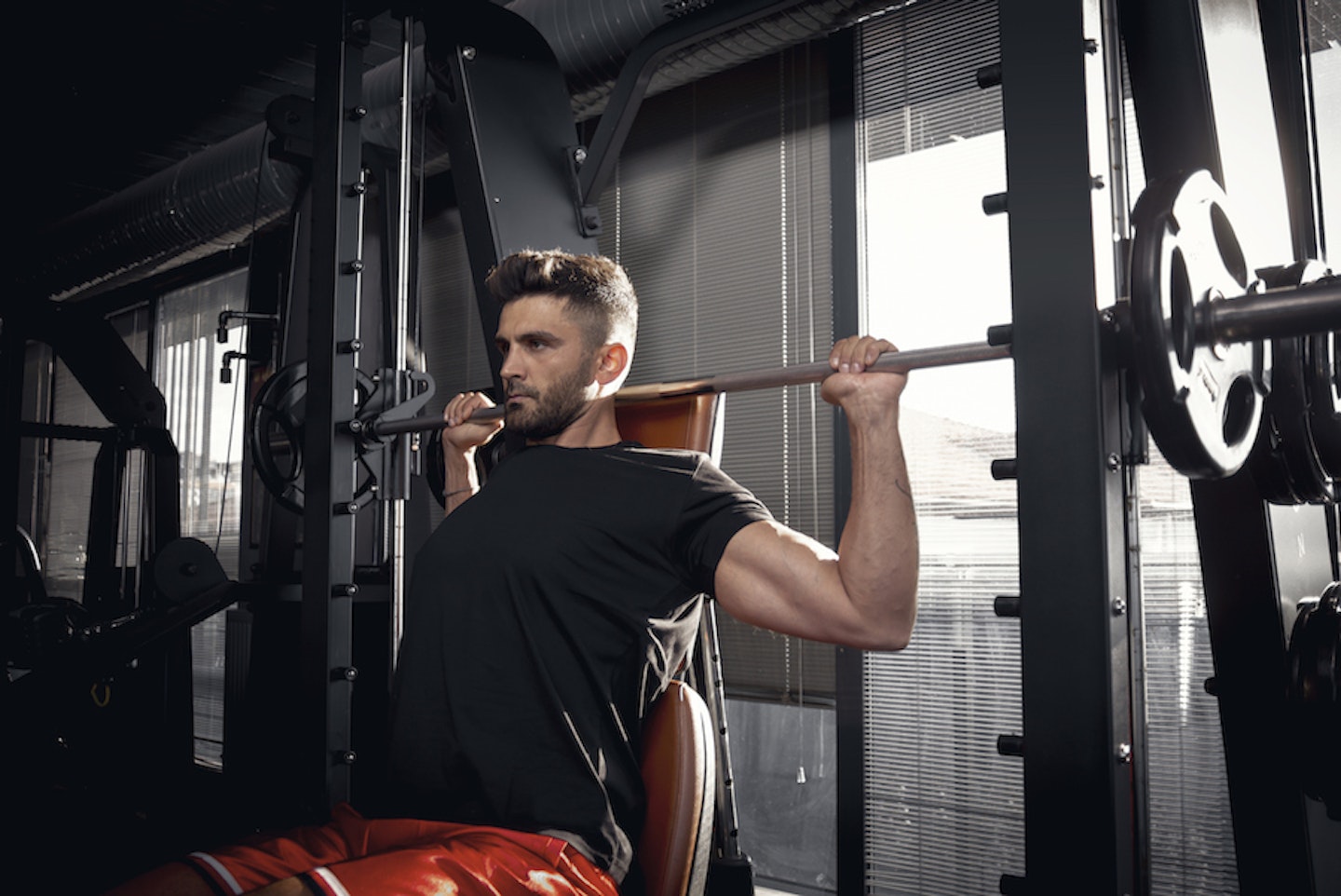
Smith machines are characterised by guided barbell movements, prioritising safety by offering a controlled lifting environment. While potentially limiting natural motion, these machines provide stability. Smith machines are ideal for those new to weightlifting, as this type of machinery allows users to focus on specific muscle groups, and its fixed setup is particularly beneficial for individuals with low/poor body awareness, facilitating easier and more accurate positioning during exercises. Although they might not replicate free-weight movements precisely, they offer a secure foundation for strength development.
Pros:
• Often equipped with safety catches, which can be good for those experienced and wanting to solo train.
• Facilitates controlled, precise movements for muscle targeting, which can be useful for those pursuing bodybuilding or for powerlifters wanting to add more accessory exercises to help compliment a main lift (bench press, deadlift, back barbell squat or overhead barbell shoulder press).
Versatile for both compound and isolation exercises.
Cons:
• It may lead to muscular imbalances due to restricted movement patterns, mainly bilateral, which is ideal for progressive overload but unsuitable for working on any muscular or strength imbalance (unilateral exercises).
• Potential for overreliance on machine stability, limiting core stabiliser engagement.
• Someone new to exercise may not know or know where to set the safety bars, and if set too low for a Smith machine barbell squat, this could prove dangerous, especially if stuck in the bottom phase and they need to bail.
Bodyweight exercises
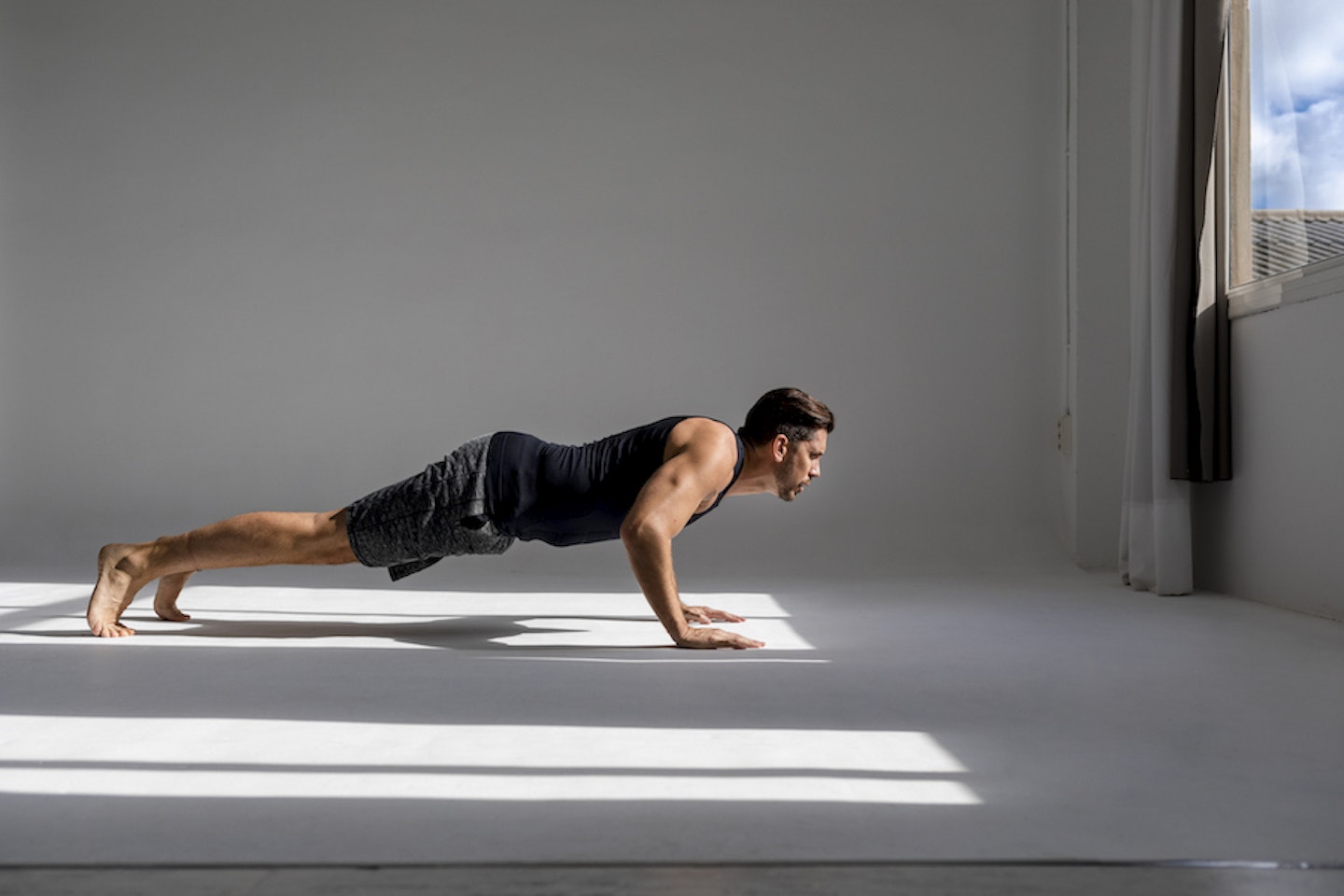
Bodyweight exercises rely on an individual's weight for resistance, emphasising functional strength and promoting muscle engagement without needing external equipment. Exercises such as press-ups, squats and lunges utilise body weight, fostering coordination and balance. These exercises are versatile, accessible and suitable for various fitness levels, making them an integral component of any well-rounded training programme.
Pros:
• Enhances flexibility, coordination, strength, muscular endurance and overall body awareness.
• Requires minimal equipment, making it cost-effective.
• Doesn't require much space.
• Modifiable for different fitness levels and goals.
Cons:
• It is difficult to adjust resistance for progressive overload, especially for those who struggle to do basic bodyweight exercises, for example, bodyweight squats, chin-ups or a pike press-up.
• Targeting a specific muscle within a muscle group can be difficult for beginners who cannot do advanced isolation movements, such as diamond push-ups.
• You would require equipment such as a pull-up bar, parallel dip bar, TRX and a squat ramp for a symmetrical body that's well-toned and strong.
• Individuals with excess body weight may find specific bodyweight exercises challenging, affecting their training motivation.
• A lack of awareness regarding progressive variations for different exercises can pose a challenge. For instance, if someone becomes proficient in press-ups but needs to learn how to intensify that specific exercise, they might perform hundreds of repetitions each workout, continuously adding more reps each week for progressive overload. This heightened volume increases the risk of overuse injuries over time.
Resistance bands
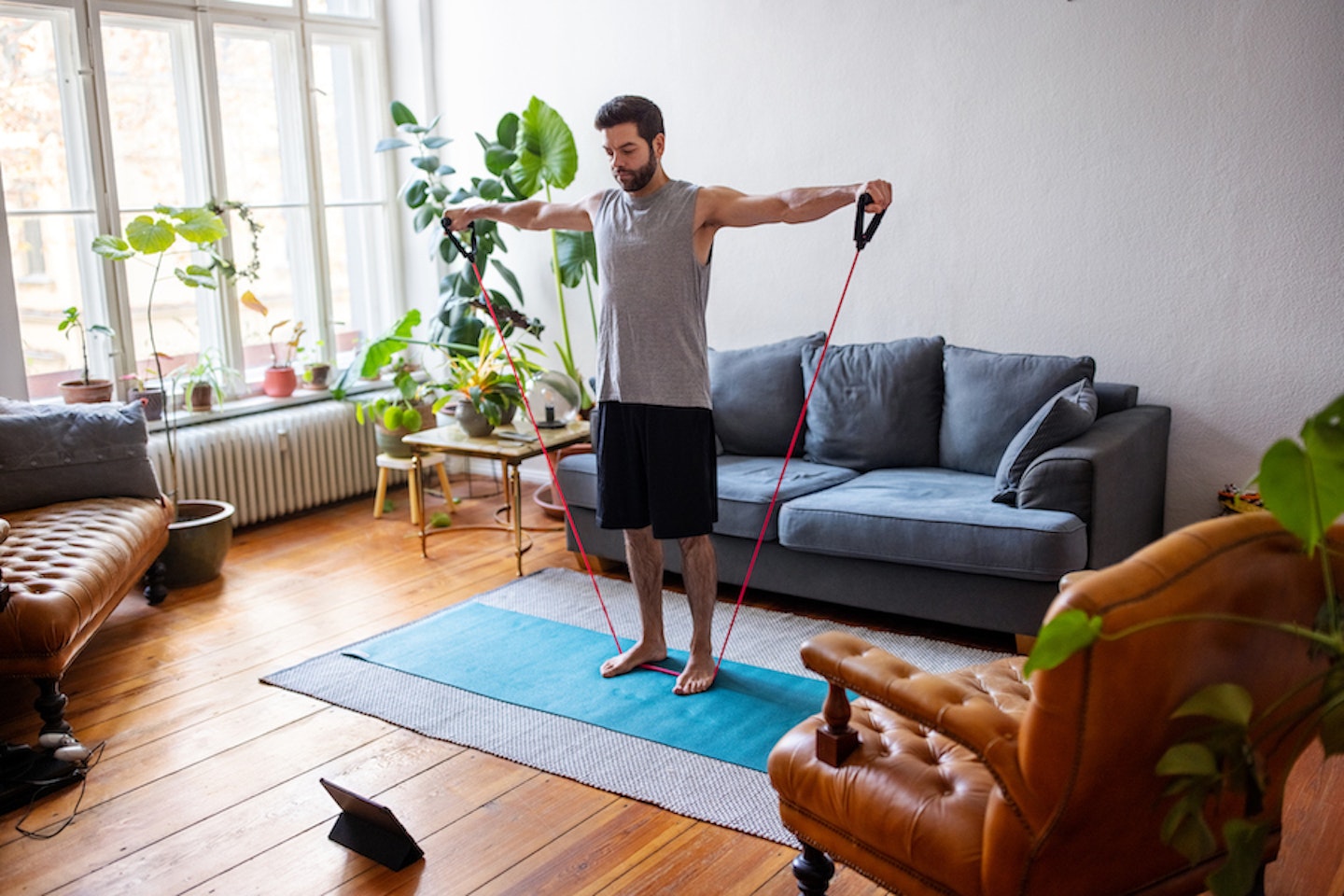
Resistance bands introduce versatility and portability to resistance training. These elastic bands come in various resistances, providing progressive intensity. Particularly effective for accommodating resistance, they increase resistance as the band is stretched, ensuring engagement throughout the entire range of motion. Resistance bands are suitable for various fitness levels and are commonly used for targeted exercises, making them an excellent choice for individuals seeking diversity in their resistance training routines.
Pros:
• Provides accommodating resistance, increasing as the range of motion expands.
• Allows for dynamic movements, enhancing muscle activation.
• You can take them practically anywhere, whether to the park, on holiday, or to work.
• Suitable for incorporating into high-intensity interval training (HIIT) workouts.
Cons:
• Certain brands can be costly, and if you purchase a non-reputable brand, the bands may be more prone to snap or start to thread over time.
• Potential for wear and tear, requiring regular band replacement, which could be costly in the long run.
• Limited in facilitating heavy resistance compared to other resistance training methods. A prime example would be performing a resistance band deadlift compared to Olympic barbell and weights.
Resistance machines
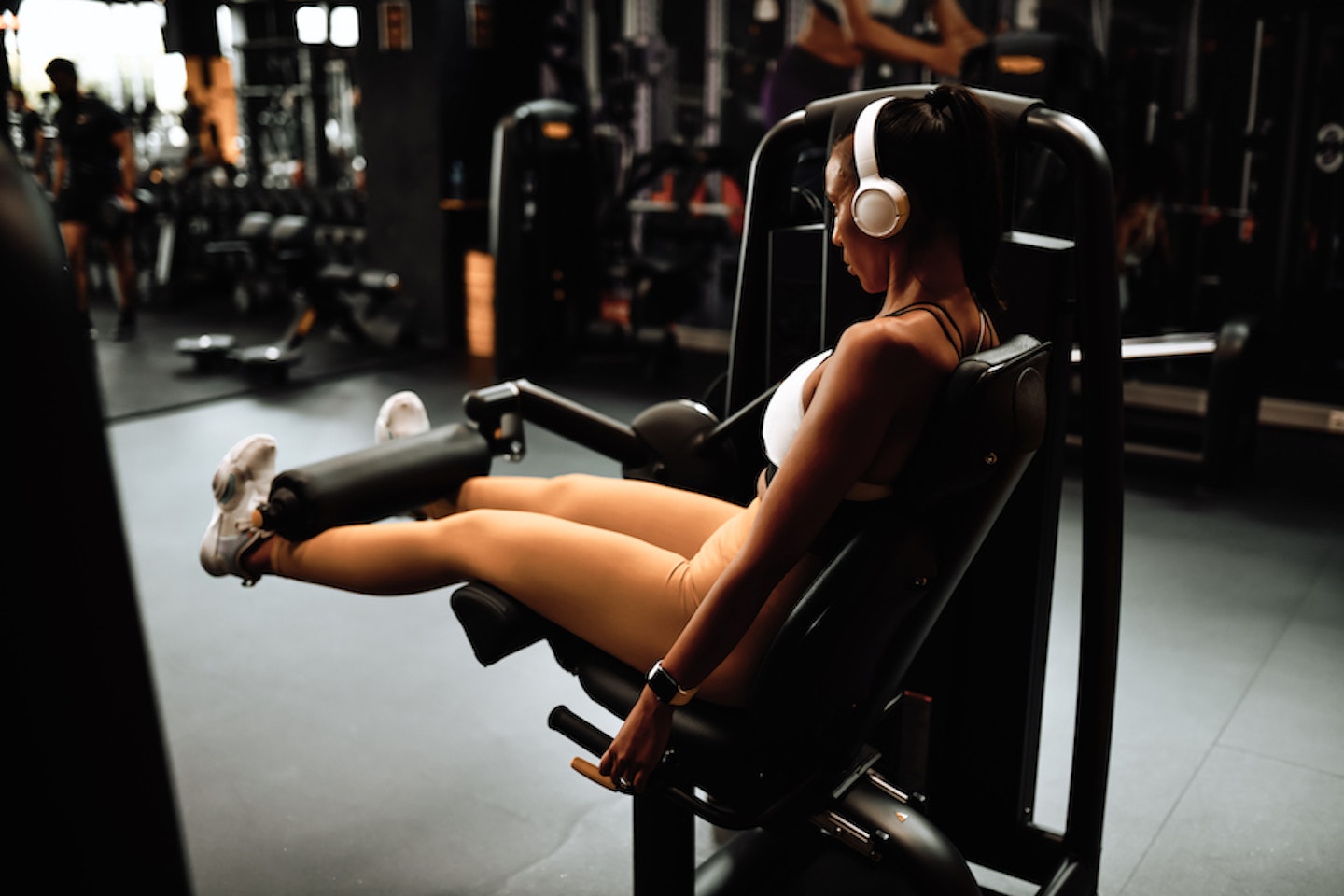
Resistance machines are fitness equipment that provide a controlled and guided workout using weights, cables, and pulleys. Users typically adjust resistance levels and perform exercises while the machine guides their movement, targeting specific muscle groups for strength training and fitness.
Pros:
• Accommodates users of various fitness levels with adjustable resistance.
• Suitable for those seeking muscular hypertrophy or endurance with targeted training.
• Safer for beginners due to the controlled range of motion.
• Most commercial gyms have a wide selection of resistance machine equipment, for example, leg press, chest press, seated row, hack squat, etc.
Cons:
• Less effective for developing functional, multi-joint movements, especially for those training for the military, martial arts, CrossFit, etc.
• Limited variability may lead to monotony in the workout routine. Functional equipment such as slam balls, battle ropes or a prowler are more versatile, and you can perform various exercises. For example, with a single slam ball, you can perform a goblet squat, overhead slam ball, slam ball press, Russian twist, bent over row with the slam ball, etc. With a shoulder press machine, you are limited to only overhead extension (vertical pressing pattern) due to the machine being fixed.
Leverage machines
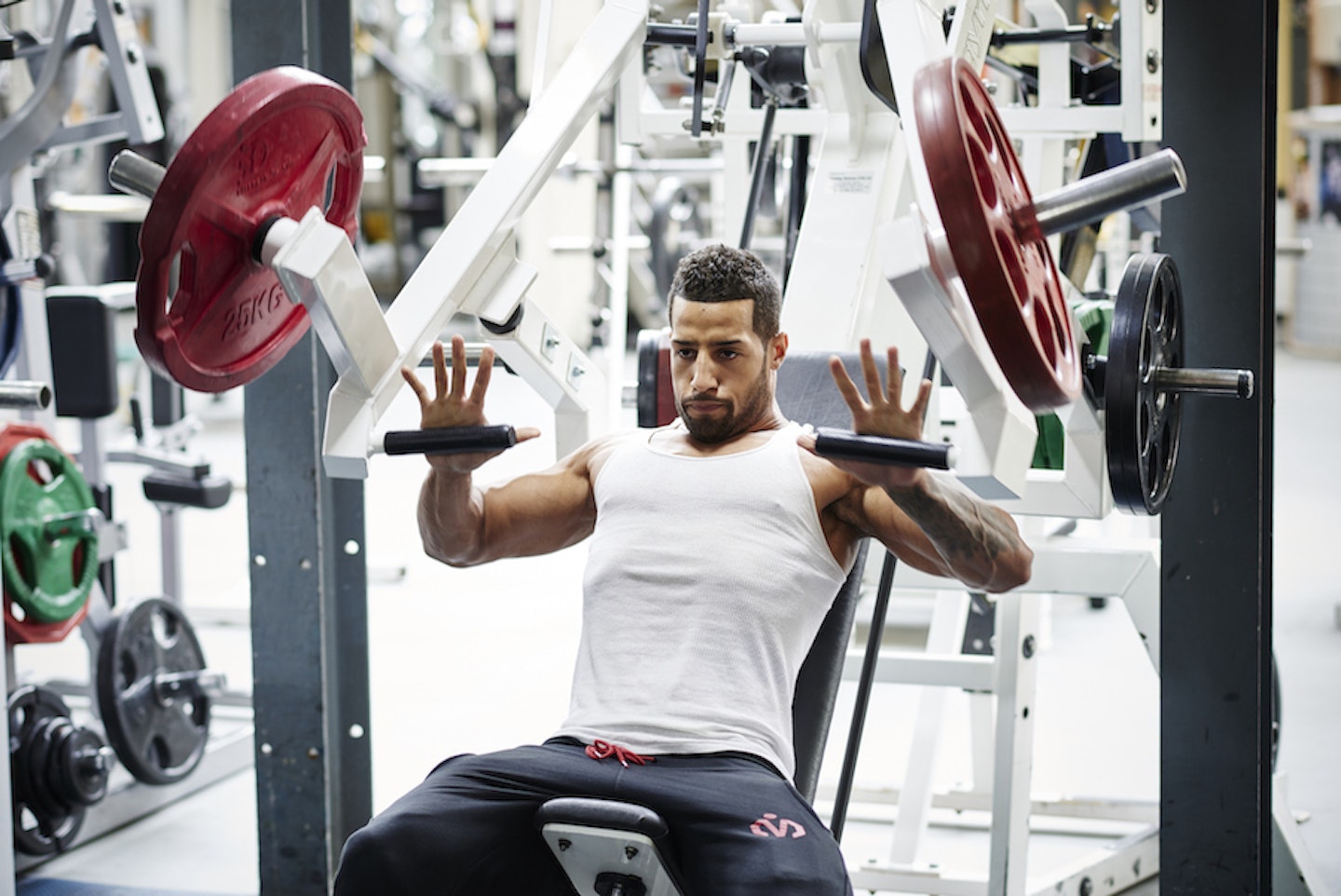
Leverage machines in resistance training use a lever system for controlled weight lifting. Designed with seats, backrests, and handles, they offer a guided range of motion, aiding muscle isolation and minimising injury risks. Common in gyms, these machines provide an accessible option for users at various fitness levels and rehabilitation needs.
Pros:
• Typically designed with built-in safety features, which can be useful for those who want to train for muscular or technical failure. Or for those wishing to train on their own and focus on strength, lifting between their 1 – 5 rep max safely.
• Allows for targeted muscle isolation with minimal strain on joints.
• It can be a great way to train clients or those new to exercise with little or no body awareness (those who struggle to gauge mind-to-muscle connection).
• Ideal for those recovering from injuries or with joint concerns.
• Certain training methods, such as forced reps, drop sets, and rest/pause, can be excellent for this type of machinery.
Cons:
• Restricted in mirroring real-world, practical motions, leading to a slower strength gain than barbell and dumbbell training. Free weights require increased muscle coordination due to the greater instability of the movements. Unlike machine-based exercises, the primary Olympic lift exercises often resemble everyday activities. For instance, the clean and jerk can mimic lifting a heavy box onto a high shelf.
• It is unsuitable if you're a certain height; for example, a six-foot-nine strongman may struggle to find a machine that fits their body type.
• Bulky and may consume significant space in a home gym setting.
Common resistance training mistakes and how to avoid them
Common mistakes in resistance training include:
Assuming resistance training is only for building muscle:
Some falsely believe resistance training exclusively caters to those aiming for significant muscle growth. The correction is understanding that resistance training offers benefits beyond muscle development, encompassing improved endurance, bone density and overall functional fitness.
Focusing only on isolation movements:
Isolation movements target specific muscles, involving single-joint exercises like bicep curls or leg extensions, enhancing muscle definition and development. They are great accessory movements, but focusing only on these exercises will hinder your progress.
The solution to this is to incorporate compound movements into your workouts. Compound exercises engage multiple muscle groups simultaneously; movements such as squats, deadlifts, and bench presses activate various muscles across the body, allowing for a higher total volume than isolation exercises that target only specific muscles.
Lifting heavier weights is a crucial aspect of progressive overload, contributing significantly to increased total volume over time. More total training volume equals more results, thus accelerating results in either strength or hypertrophy. That's not to mention the more significant caloric expenditure, enhanced hormonal response and time efficiency that compound exercise provides.
Ignoring recovery:
Overlooking the significance of rest and recovery can induce fatigue, diminish performance and heighten the risk of injury. The remedy is allowing adequate rest between sessions, prioritising sufficient sleep, and incorporating active recovery days. Nutrition is also an essential factor in recovery, whether you are relying on whole foods or opting for the assistance of supplements.
For more on nutrition, please read our guide to supplements versus whole foods.
Overlooking correct form:
Neglecting proper form during exercises is a prevalent mistake that can lead to injuries and diminish workout effectiveness. The solution lies in prioritising technique over heavy lifting, starting with lighter loads, focusing on form and gradually escalating resistance.
Too much too soon:
Diving into high-intensity or advanced resistance training is a significant error without establishing a foundational base. The remedy involves progressing gradually, allowing the body to adapt by incrementally increasing weights, repetitions, or intensity. Patience is key.
Neglecting the warm-up and cool-down:
Skipping the warm-up and a cool-down routine for any workout heightens the risk of injury and impedes recovery. The solution is to include dynamic stretches and light cardio in warm-ups and static, developmental, and PNF stretches in cool-downs to prepare and recover muscles.
Lack of variation:
Sticking to the same routine for an extended period can result in plateaus and reduced motivation. The solution involves regularly changing exercises, intensity and workout structure to challenge the body and prevent stagnation.
Believing spot reduction is possible:
A common misunderstanding is the belief that targeted exercises reduce fat in specific body areas. The truth lies in understanding that fat loss occurs uniformly across the body, and spot reduction is a myth.
Some people will lose fat around their face first, whilst others may lose it around their hip. It all depends on your gender, hormone profile, genetics, diet, stress management, sleep quality and more. The focus should be on overall fat loss through a balanced combination of resistance training, cardiovascular exercise and a healthy diet.
Not listening to your body:
Ignoring signs of fatigue, pain, or overtraining is a mistake that can lead to injuries. The solution is to listen to your body attentively, adjust workouts based on how you feel, and seek guidance from a fitness professional if necessary.
Not seeking professional guidance:
Initiating a resistance training programme without proper guidance can result in ineffective workouts or injuries. The solution involves consulting a fitness professional to create a personalised plan aligned with individual goals, fitness levels and potential limitations.
Workout Examples:
Below, you'll find diverse resistance workouts designed to promote lean muscle development (hypertrophy).
Ensure you incorporate a comprehensive warm-up and cool-down routine before and after every workout. Pay attention to proper form and gradually increasing resistance for optimal results.
The featured workouts include a Free Weight Full Body Workout, Resistance Machine Full Body Workout, Cable Machine Full Body Workout, Resistance Band Workout and Smith Machine Workout.
Key terms explained:
Reps and Sets: Reps means repetitions and refers to the number of times you perform an exercise. Sets are groups of consecutive reps. Combining both, like three sets of 12 reps, structures a resistance training workout.
Tempo: Tempo refers to the speed at which you perform each repetition. It's often represented as a four-digit sequence, such as 3.1.2.0, with each digit representing the seconds taken for each rep phase. The sequence is as follows: lowering, pause at the bottom, lifting, pause at the top.
For example, 3.1.2.0 on a squat translates as three seconds to lower down to the bottom, a one-second pause at the bottom, and two seconds to lift out of the squat. There is then no pause before starting the next rep.
Note: All workout plans were created by Simon Diamond, personal trainer, fitness educator, former bodybuilder and world record holder.
Free weight full body workout plan
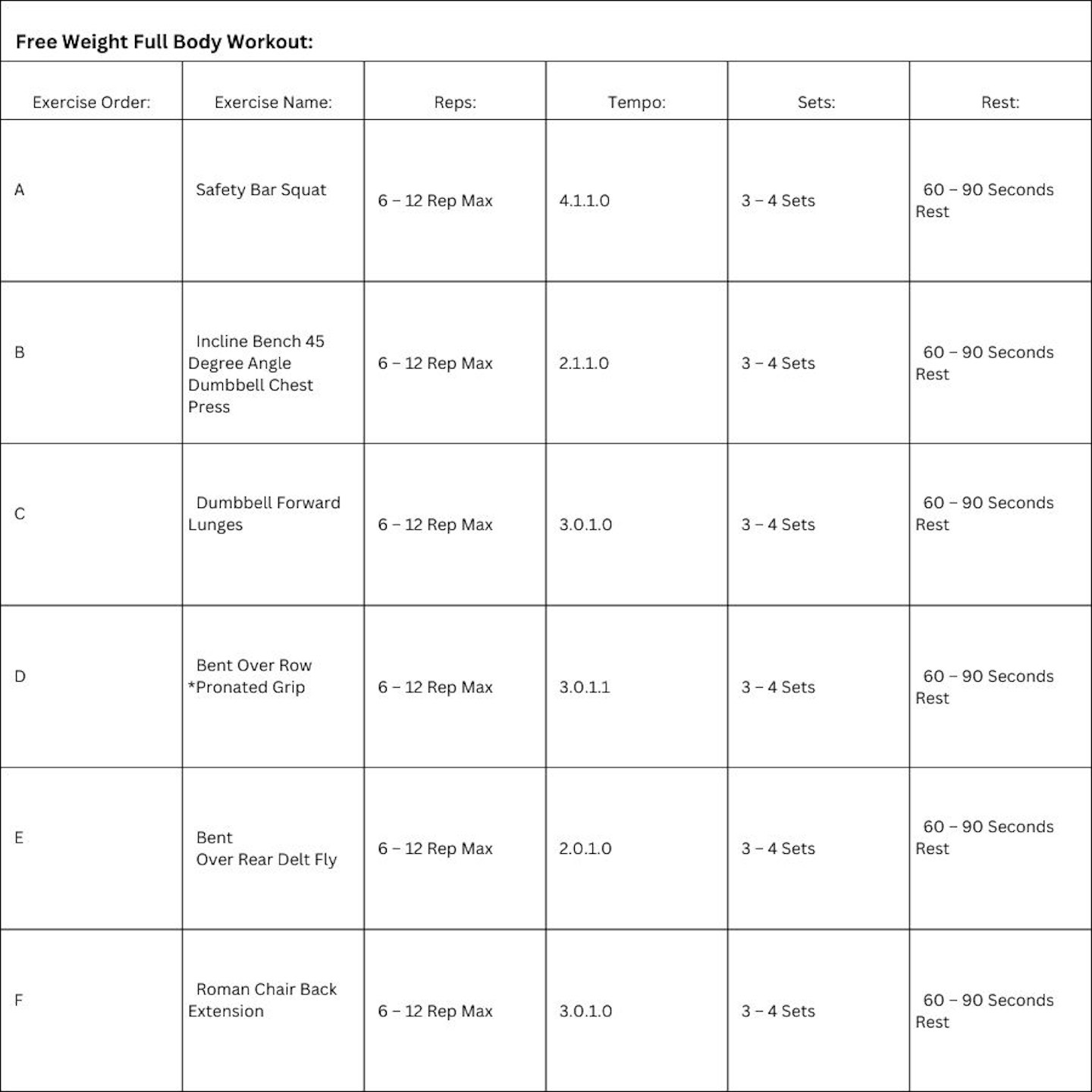
Resistance machine full body workout plan
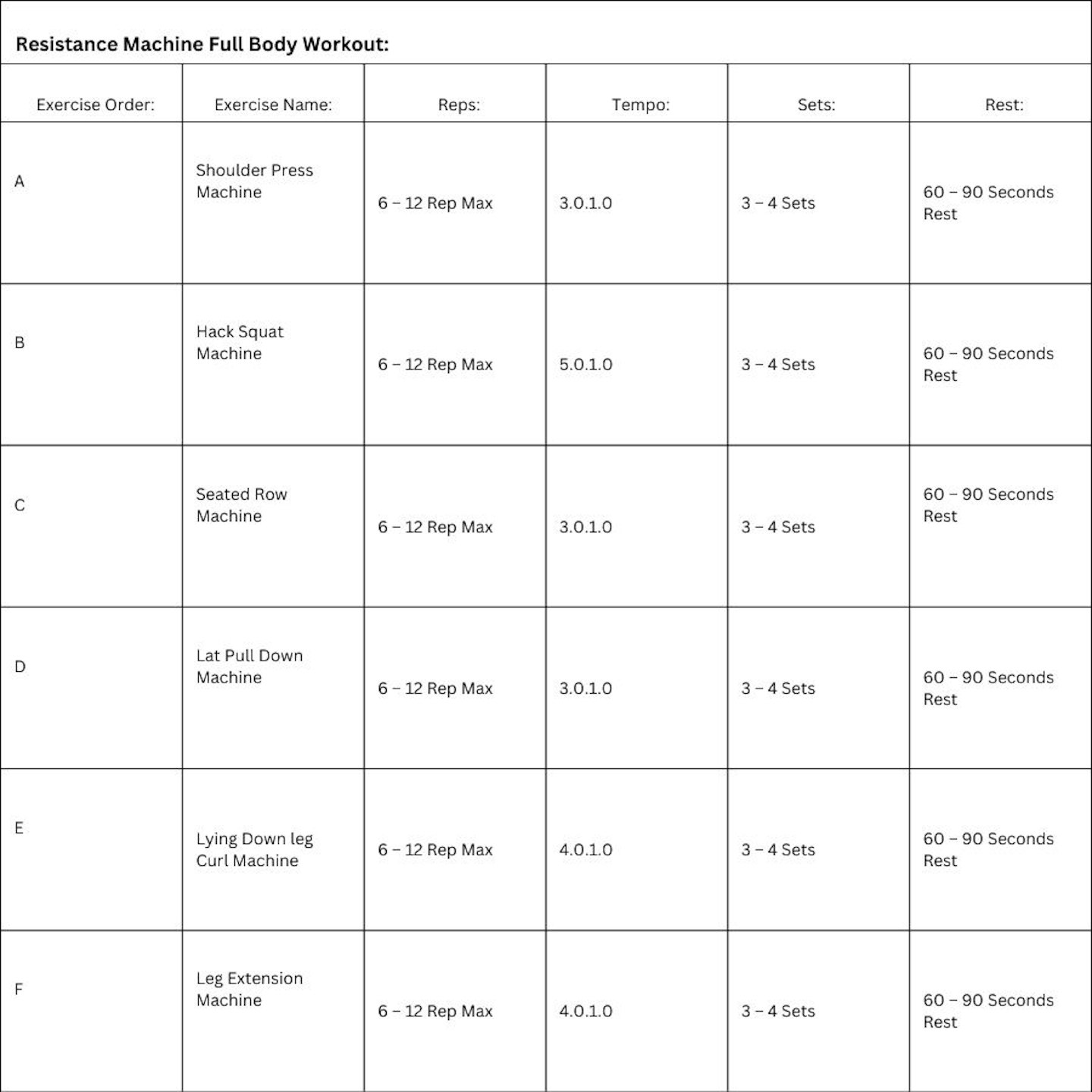
Cable machine full body workout
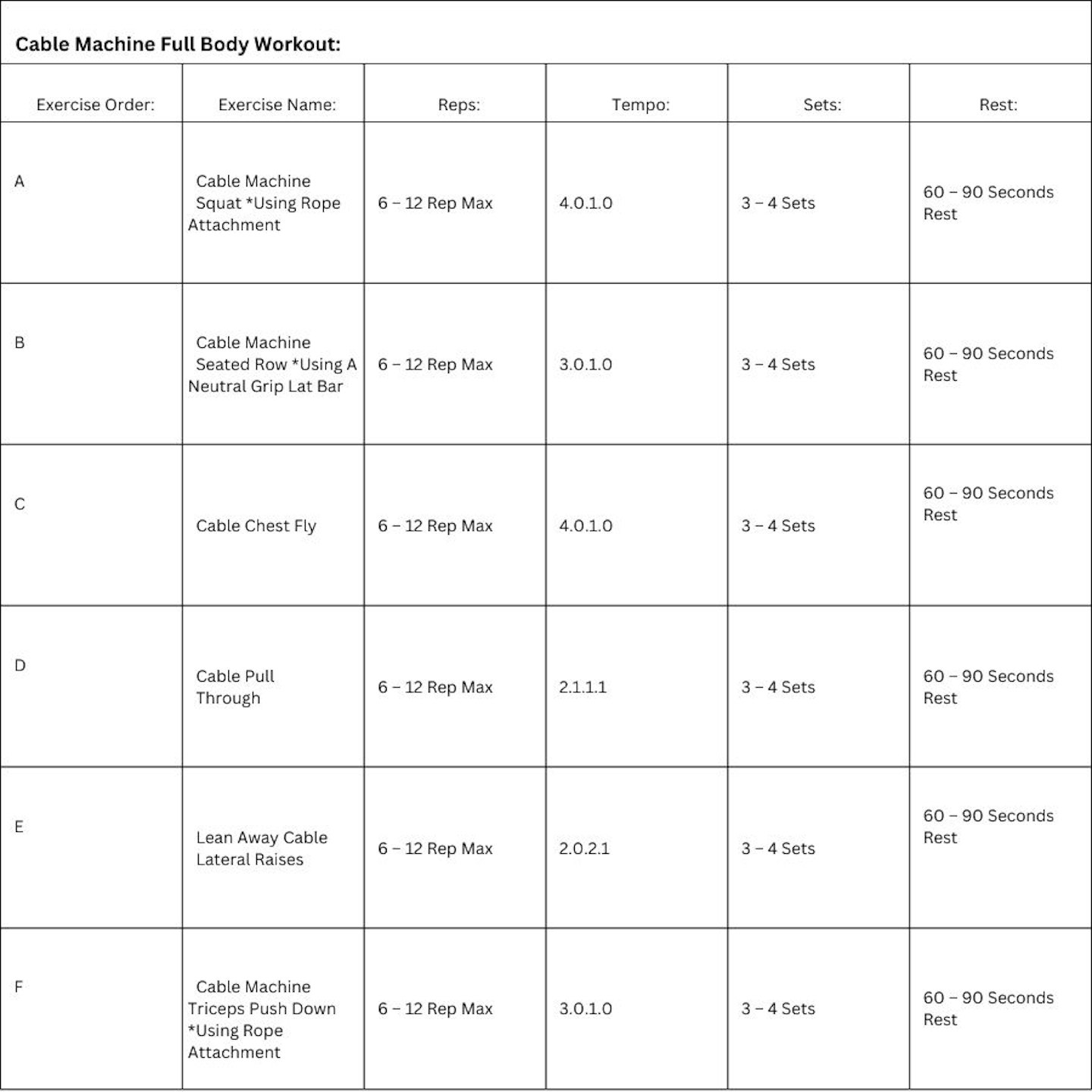
Resistance band full body workout
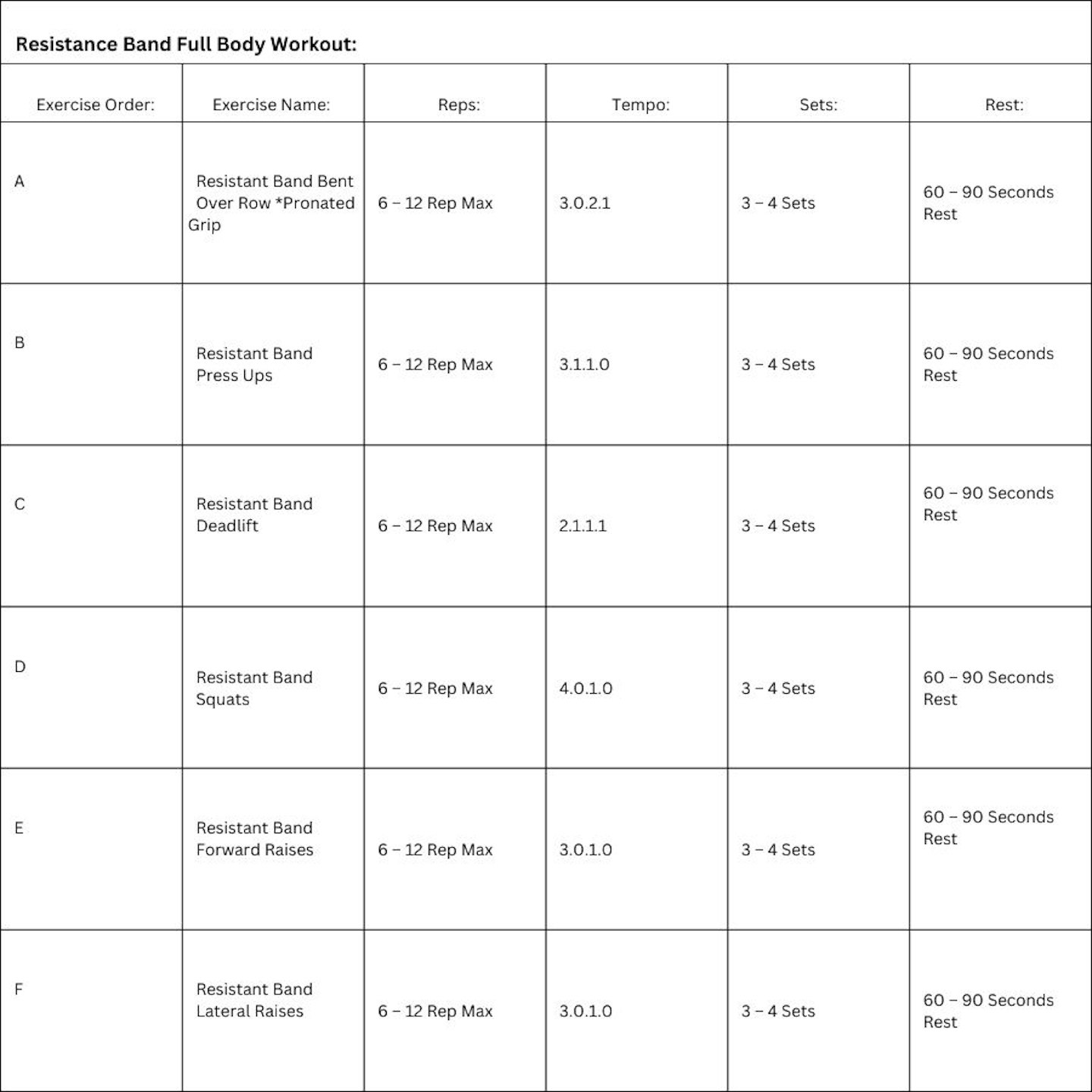
Bodyweight full body workout
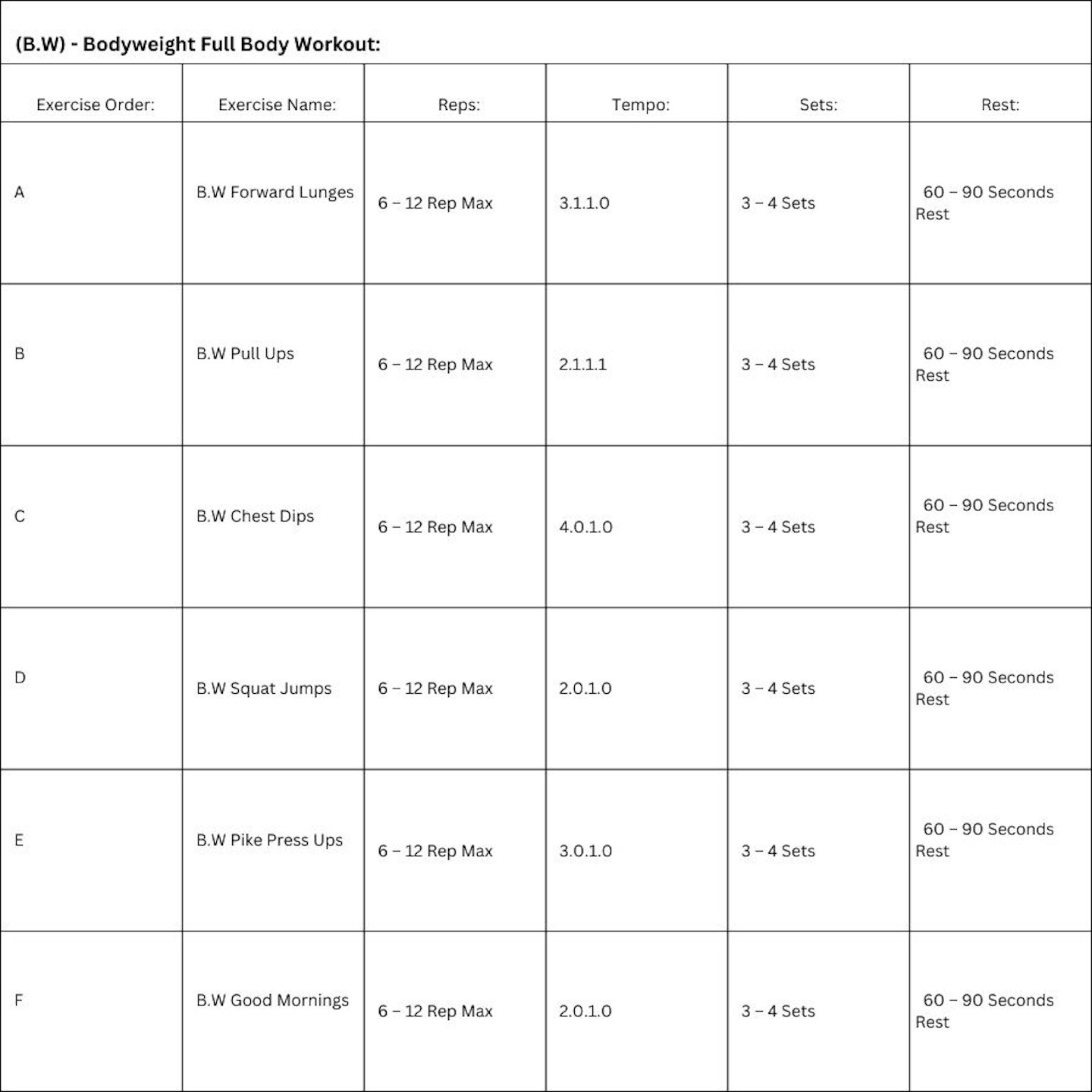
Smith machine full body workout

Simon Diamond is a contributor to What’s The Best with over a decade of expertise in fitness, nutrition and wellbeing. A former bodybuilder and fitness model winner, Simon holds multiple World Records for muscular endurance and strength titles.
Subscribe to the What’s The Best Newsletter to keep up to date with more of the latest reviews and recommendations from the rest of the What’s The Best team.
